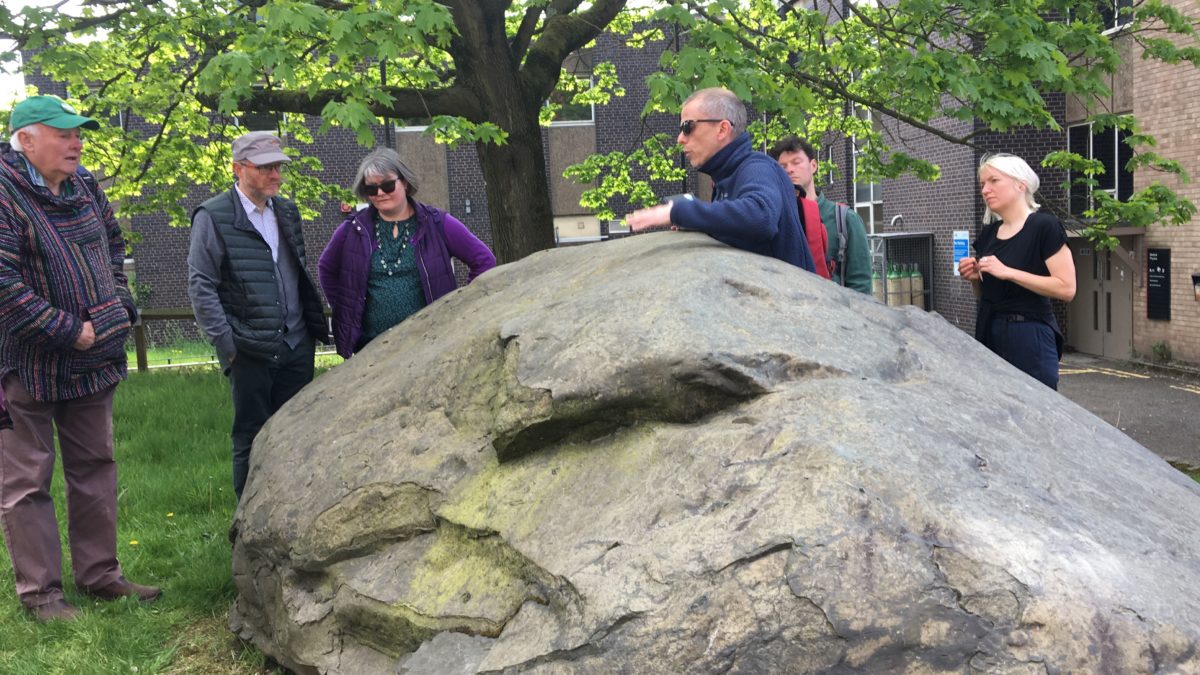We relaunched The Walkspace Erratics last Sunday with a delightful springtime boulder hunt. We took the name "Erratic" from the glacial erratic boulders which were deposited across the region in an ice age 450,000 years ago. Robson and Andy felt it was time to pay tribute and so devised a walk from Cannon Hill Park to Selly Oak Park via The University of Birmingham.
The boulders were formed in a volcanic eruption 450-460 million years ago and later travelled from the Arenig mountains in Wales to the West Midlands on an ice sheet. Eons passed, the ice retreated and the boulders now litter the alien shores of 21st Century suburbia. They can be found lurking in parks, graveyards, roadside verges, beer gardens and hidden in walls and buildings.
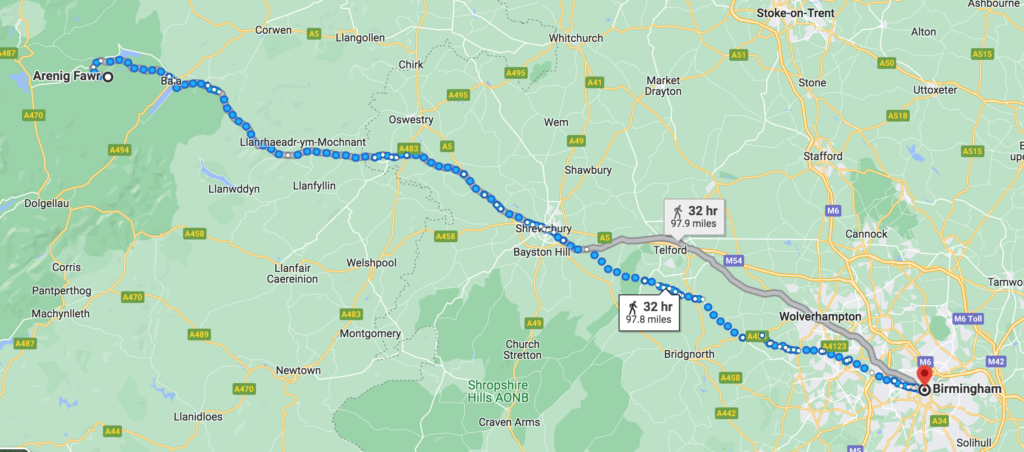
The word "erratic" comes from the Latin errare meaning to wander, roam or stray. The restless rocks are still on the move: many have disappeared since the great age of discovery in the 19th Century. The picture below shows the Cannon Hill Park boulder in 1901 and beside it is another, smaller boulder. The main boulder remains but its little cousin has upped and left. Forget Paris, the original flâneurs are here (for now).
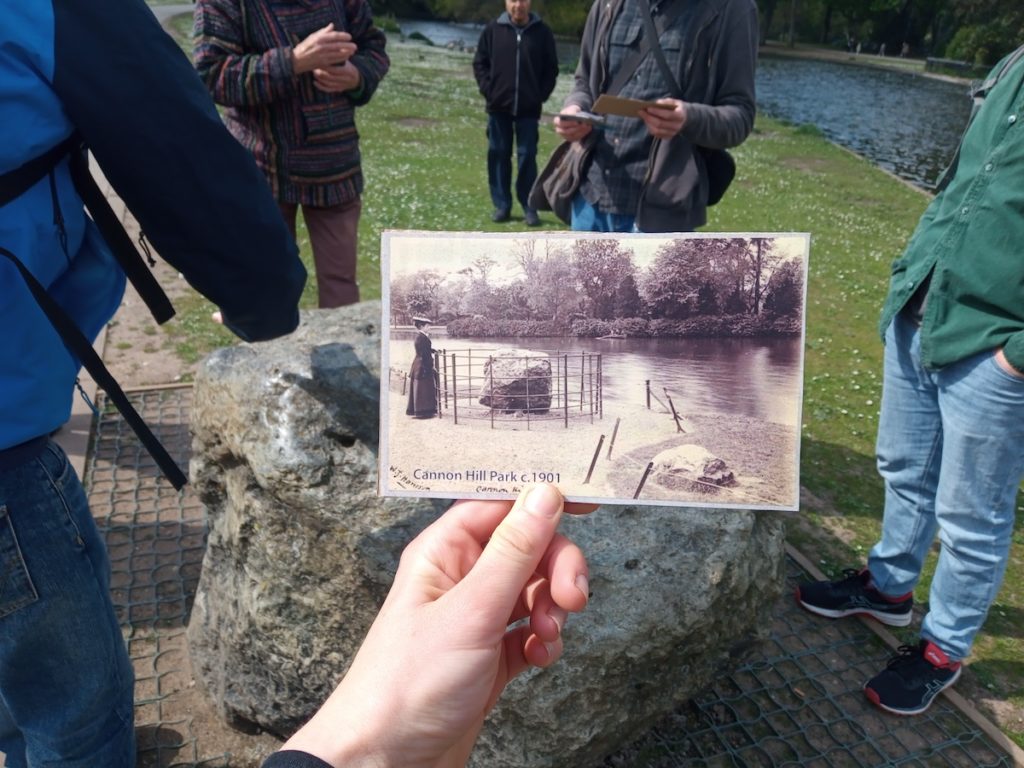
The concept of "roaming heritage" doesn't just apply to boulders though; Cannon Hill Park also contains erratics of a very different kind. The Golden Lion Inn hasn't travelled quite as far as the boulders but it has moved further than most buildings are likely to. A rare 16th Century survivor, it originally stood on Deritend High street, two miles away. In 1910 it was dismantled and removed to make way for a road-widening scheme and then re-erected in its current location and used as cricket pavillion. It was listed in 1952 and then left to fall to ruin. The support scaffolding is now as much a part of the building's heritage as the C16 timbers.
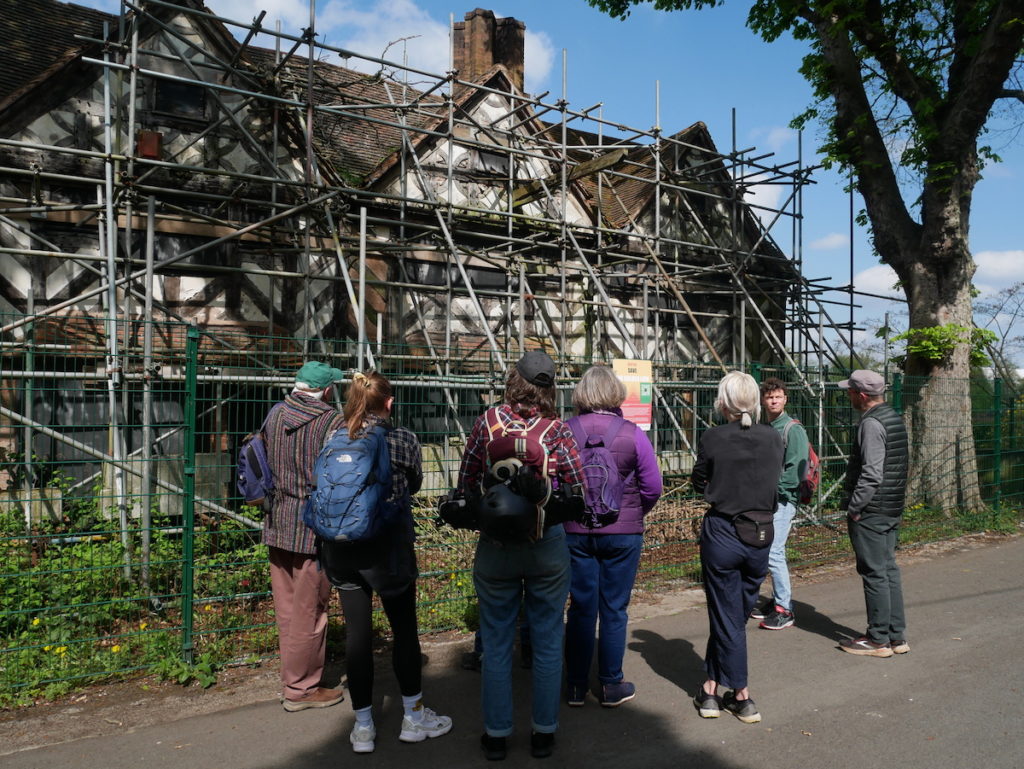
A few hundred yards away, beyond the crazy golf course, you'll find two more "erratics" hiding out as flowerbed ornaments. These ornate stone structures are in fact spare parts from the Town Hall in the city centre. They're called capitals, ie. the bits at the tops of columns, as seen here on the cover of Anthony Peers' book.
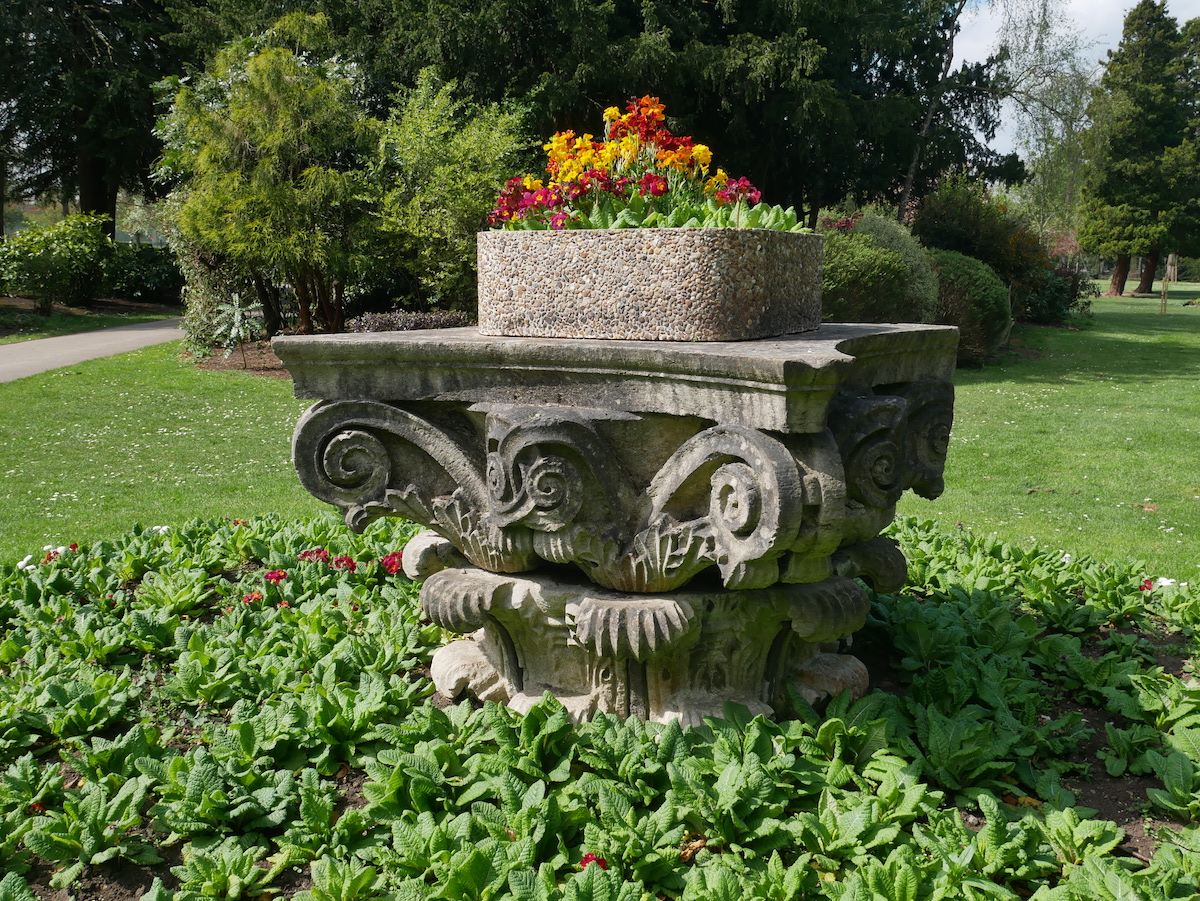
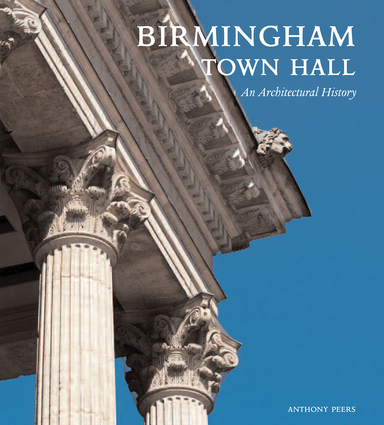
The capitals may have only travelled a couple of miles but the Town Hall itself is a copy of the Temple of Castor and Pollux of ancient Rome. The leaves in the design are acanthus, a genus native to the Mediterranean and one of the most commonly occurring motifs in classical architecture.
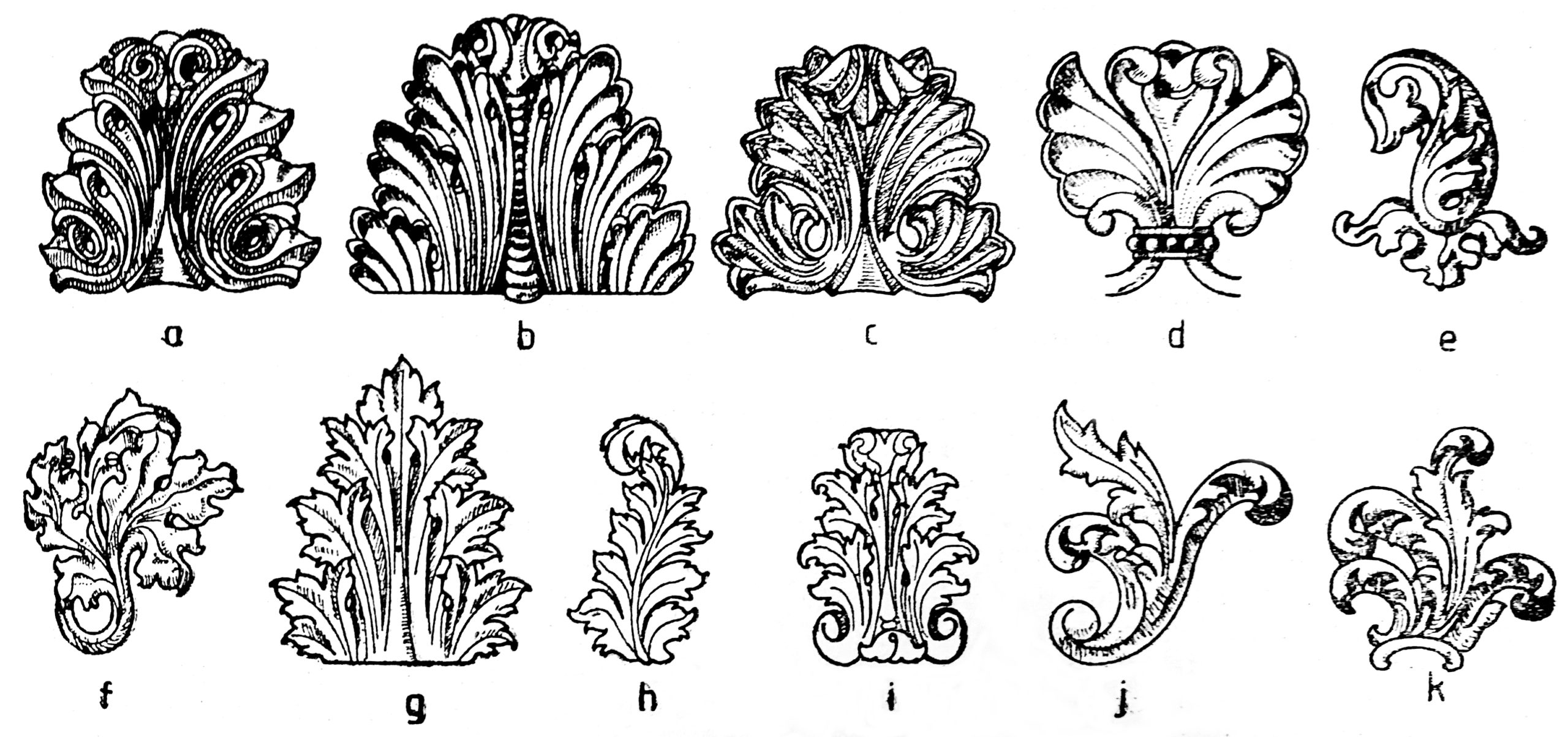
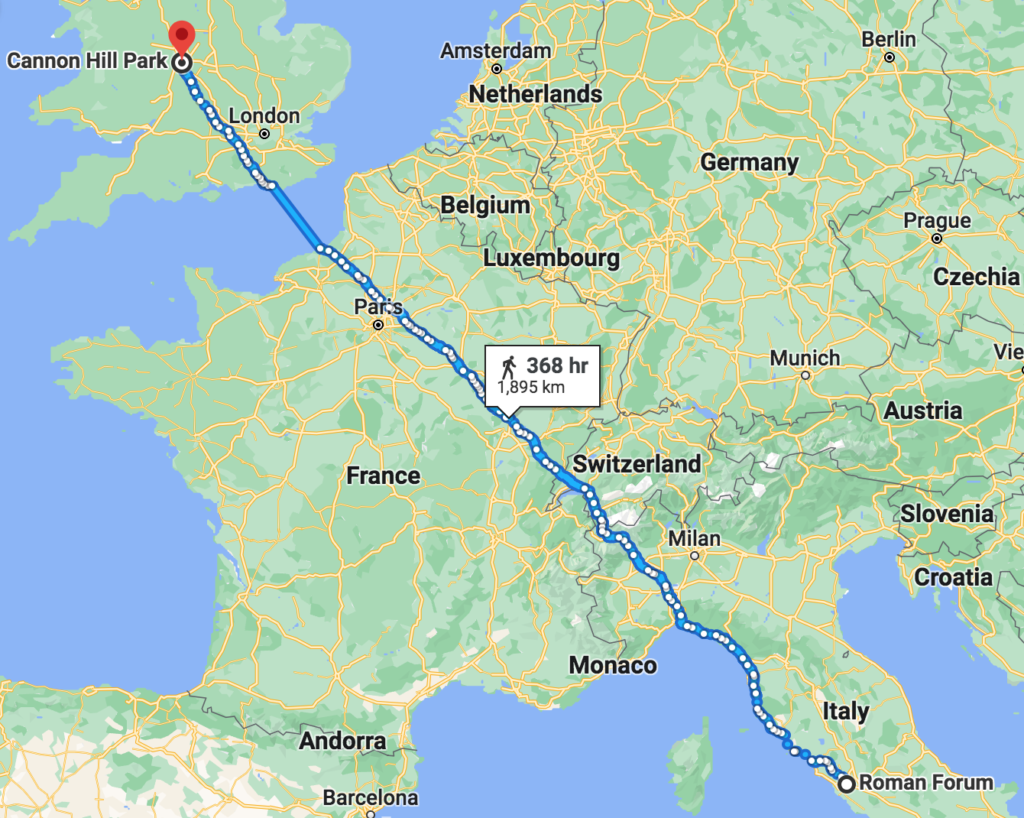
To quote Crab Man: "Once you become sensitive to these 'erratics' you will begin to navigate a landscape from which such anomalies, large and small, repeatedly pop up." (Counter-Tourism: The Handbook, 2012, pg 137)
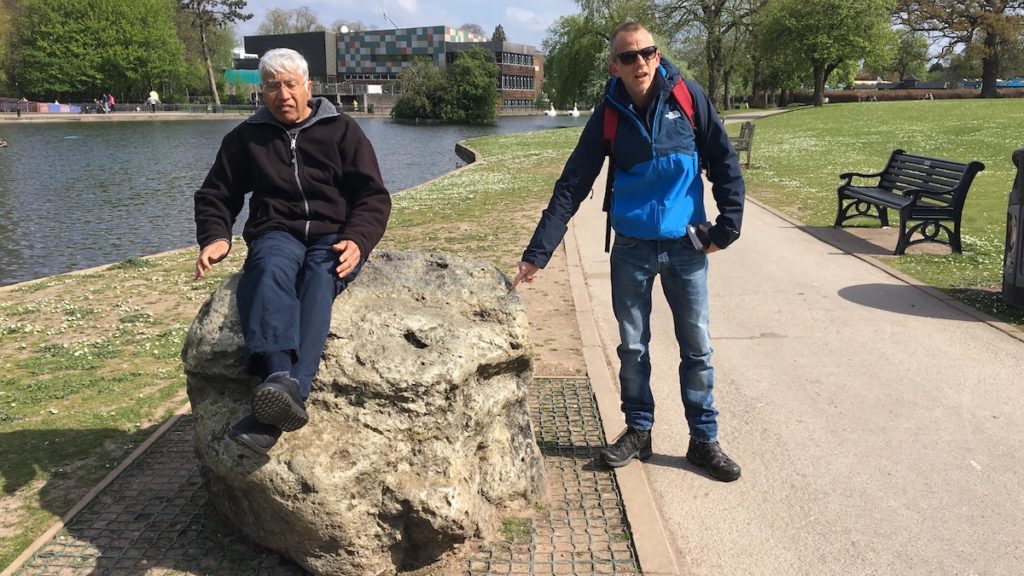
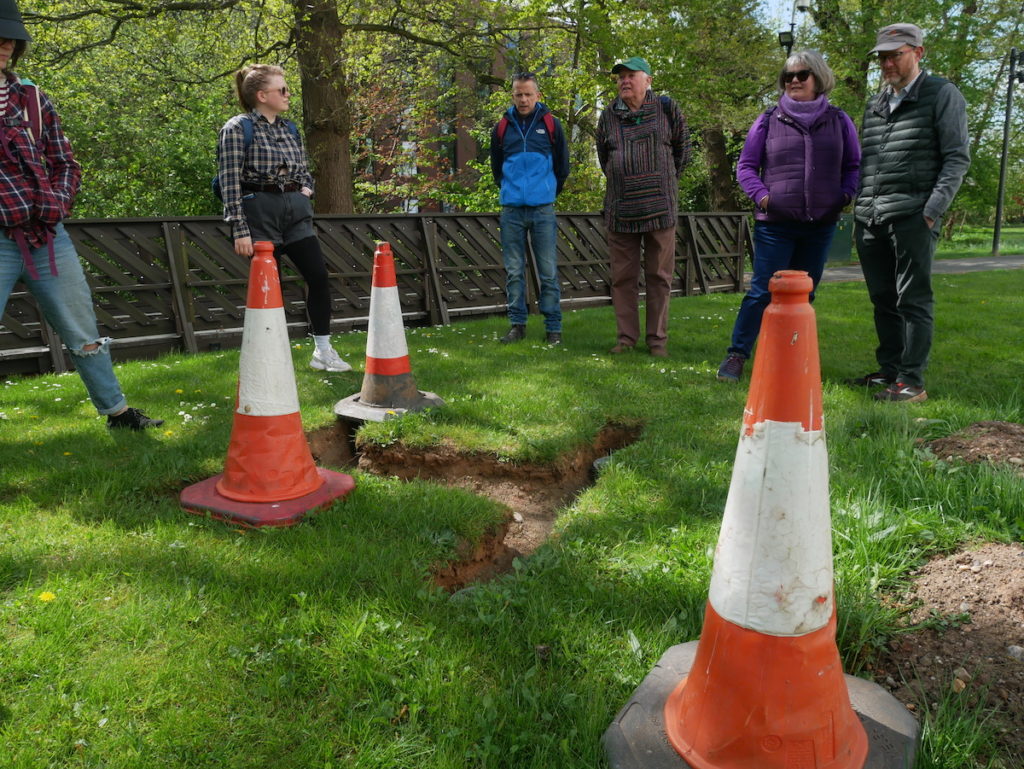
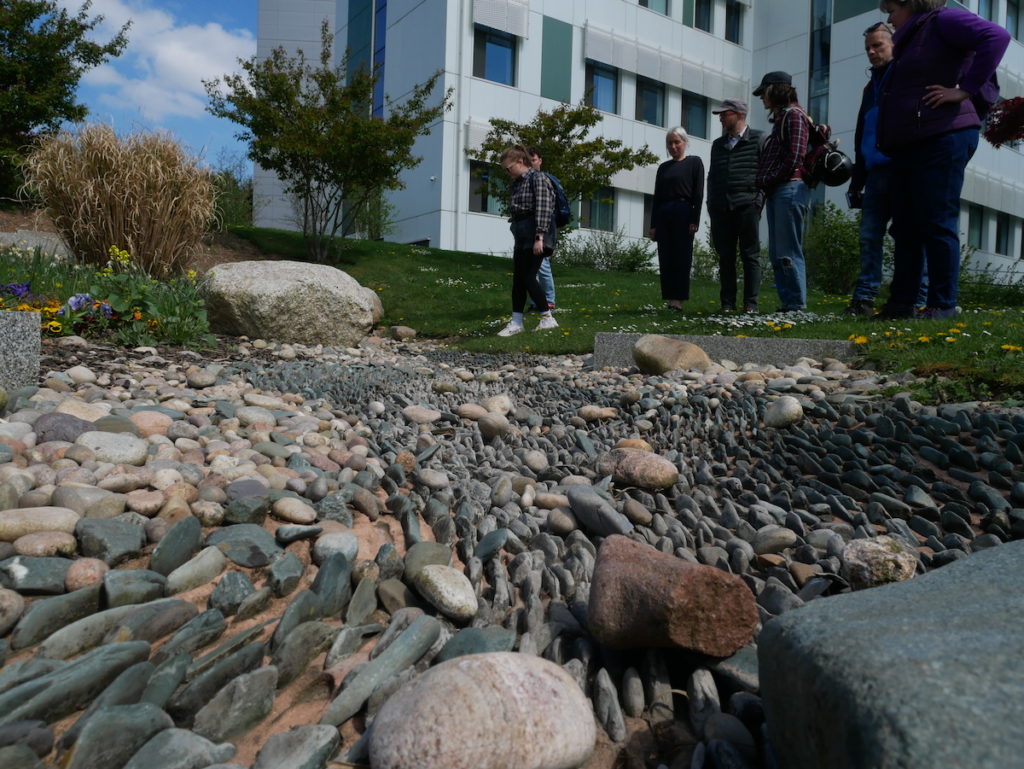
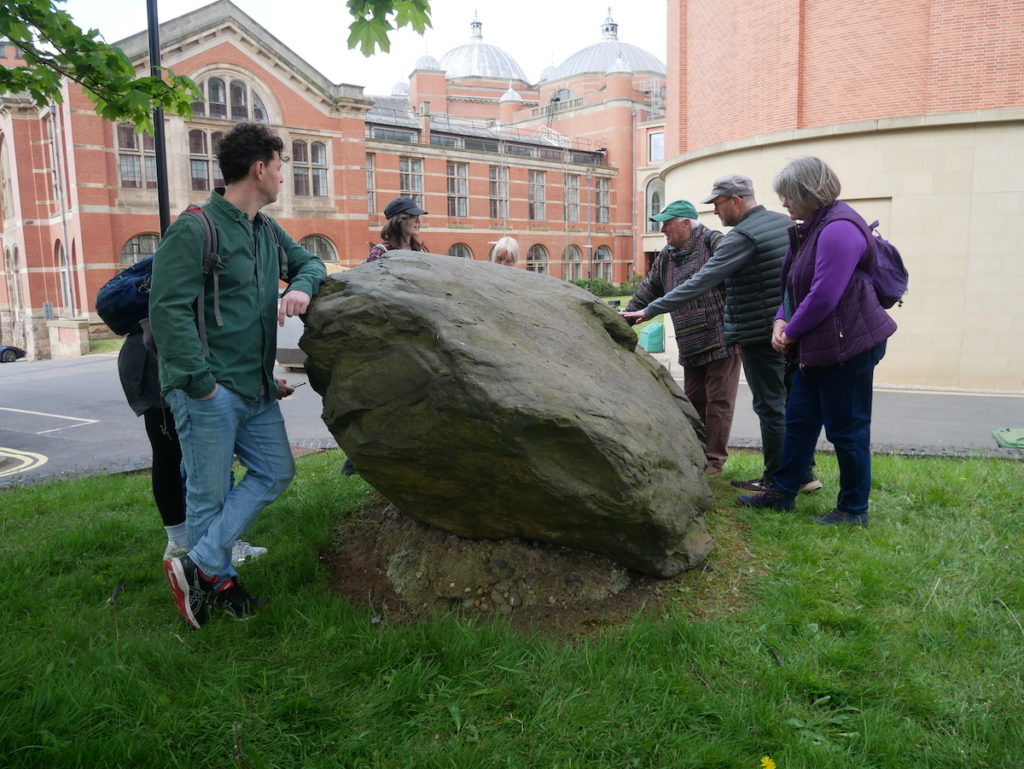
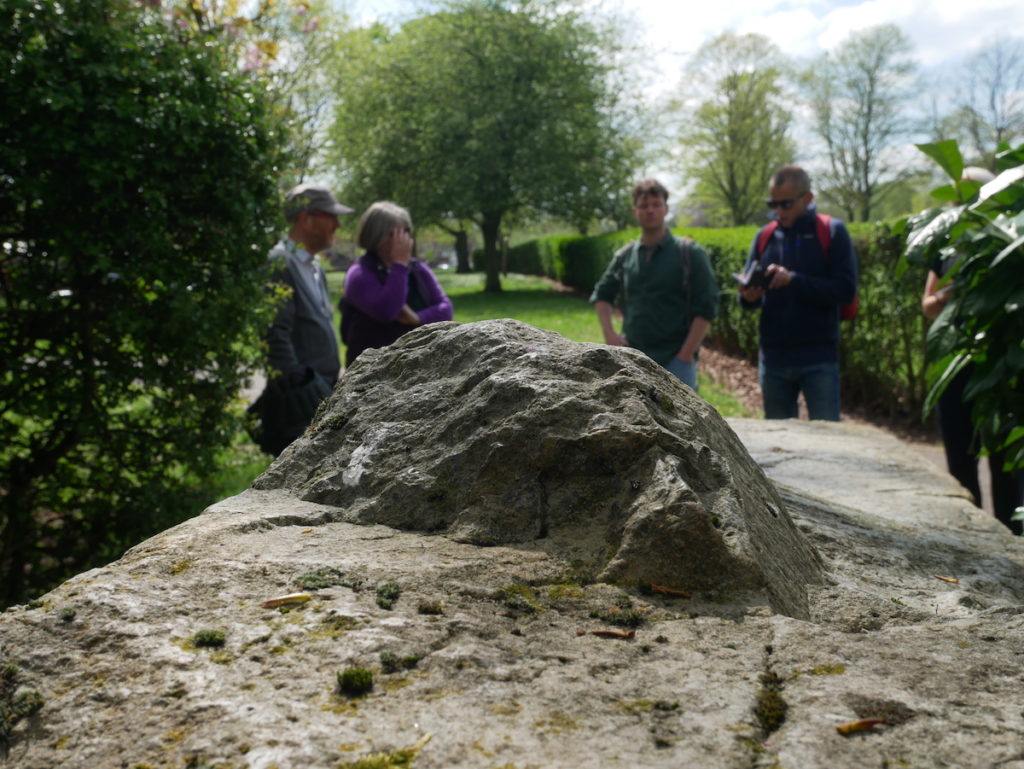
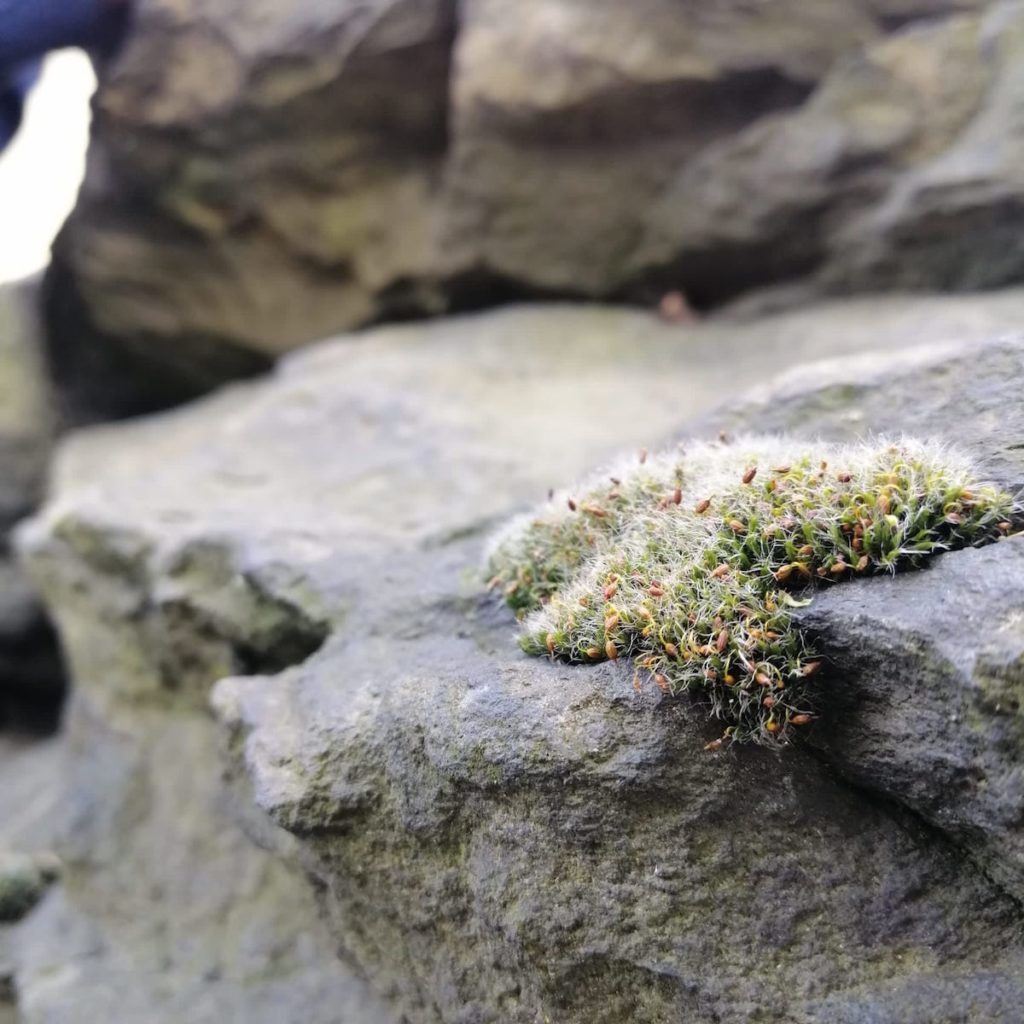
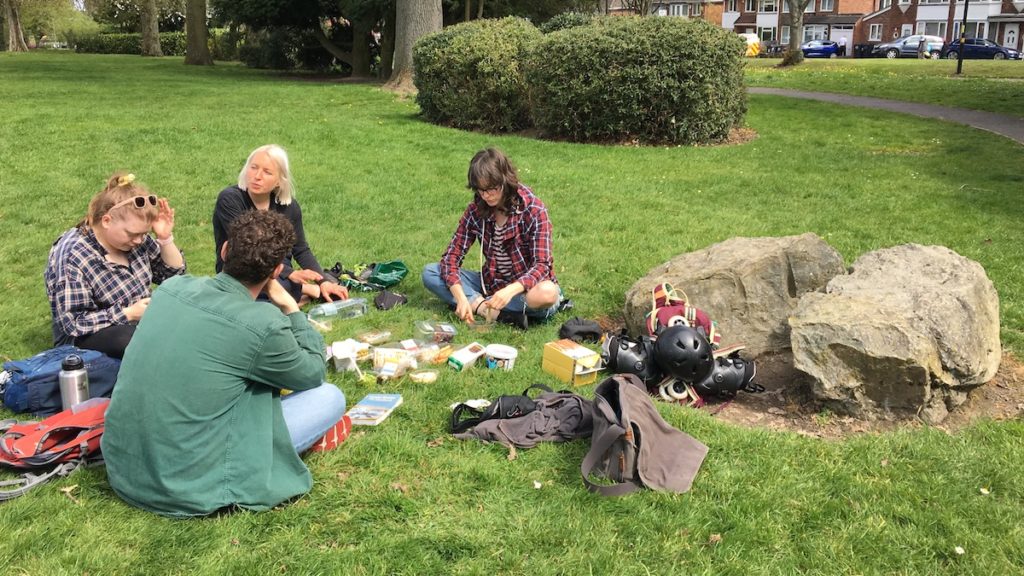
The boulders cover far more ground than we were able to in a single day so there are plenty left for future walks. Stay tuned for more boulder action but in the meantime we hope you can join us for our next Erratic, a pilgrimage to Spaghetti Junction with Flatpack Festival on May 22nd.
